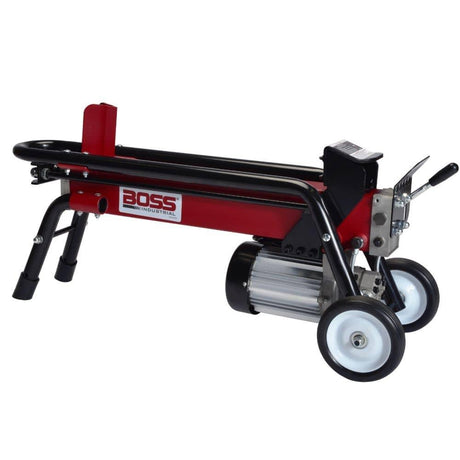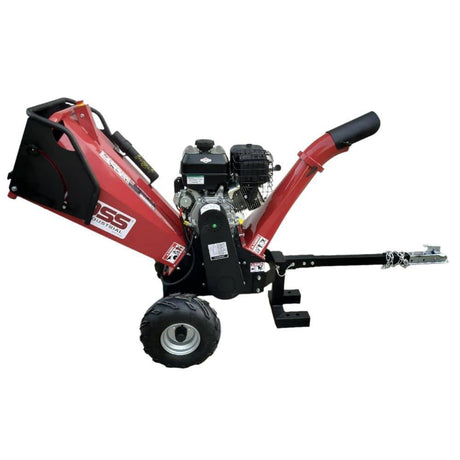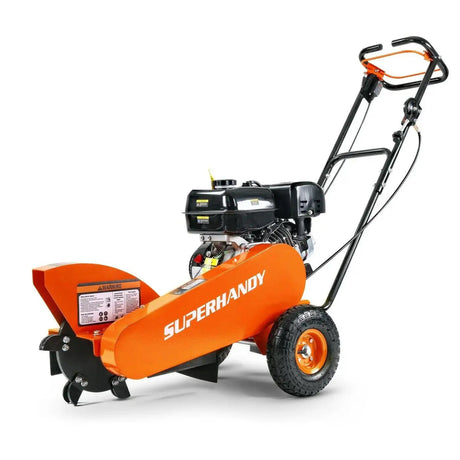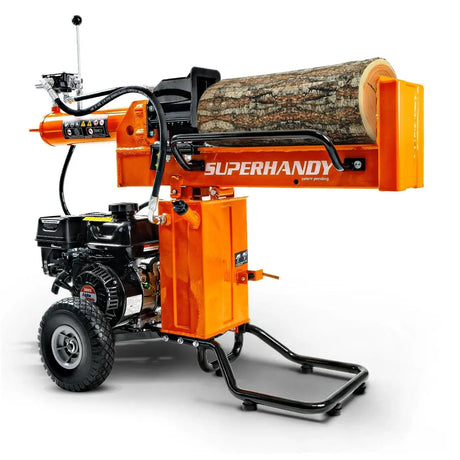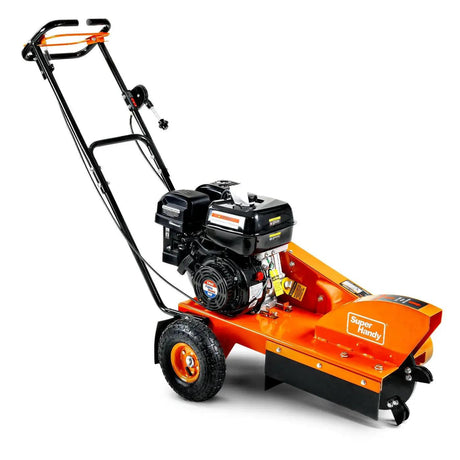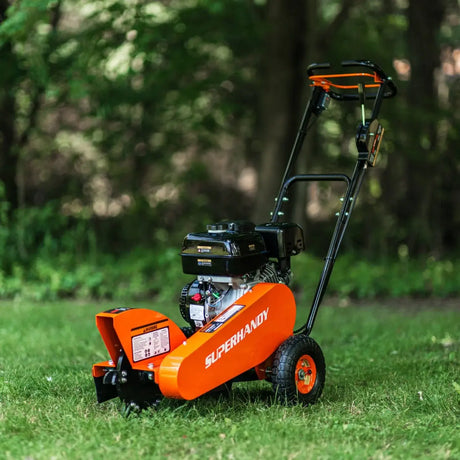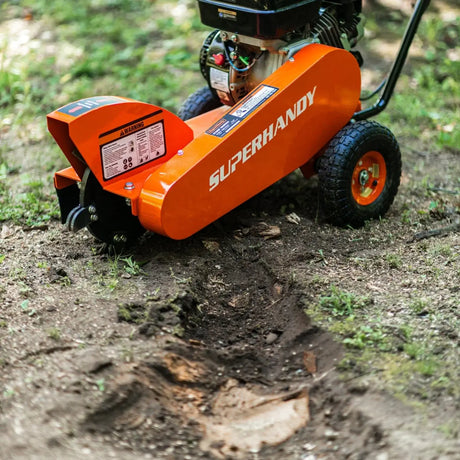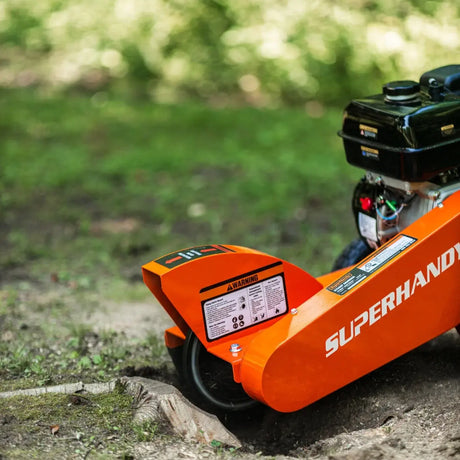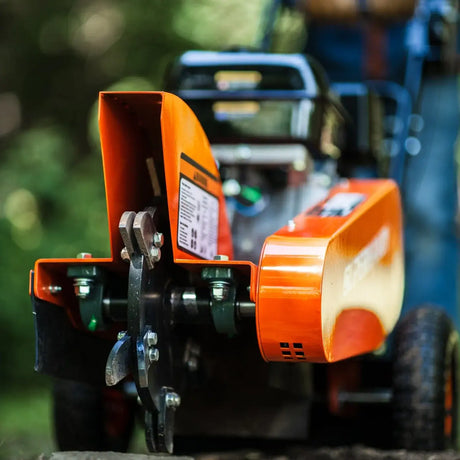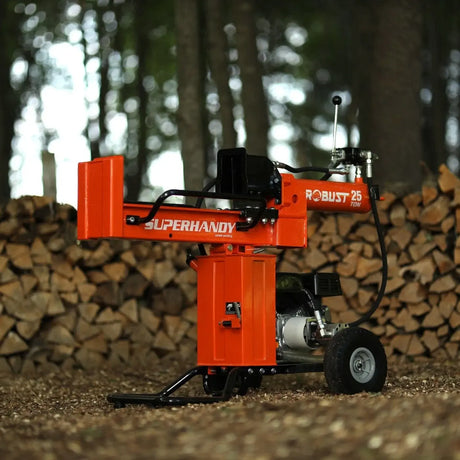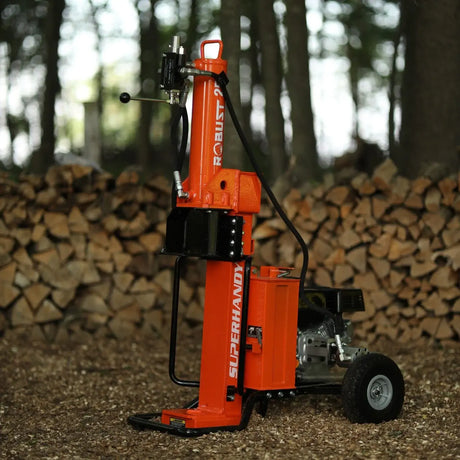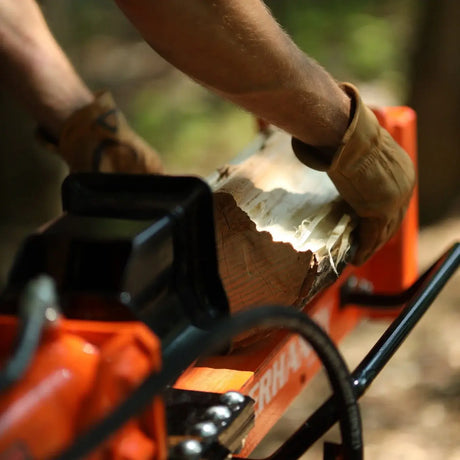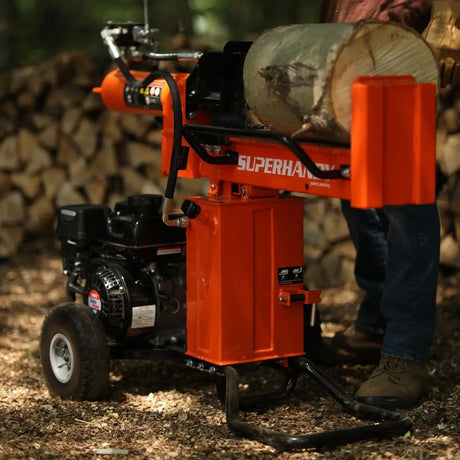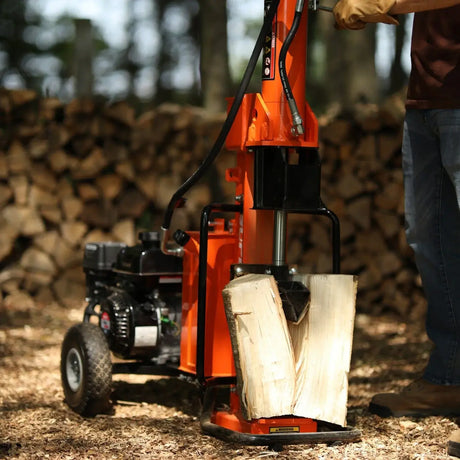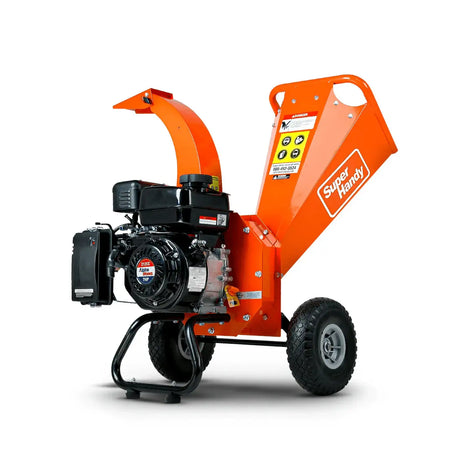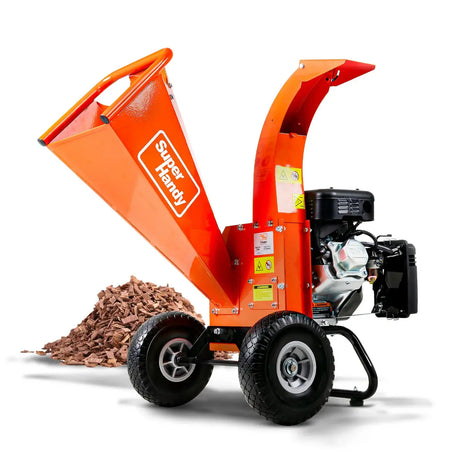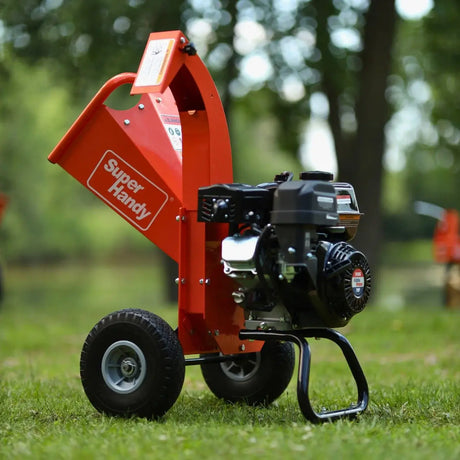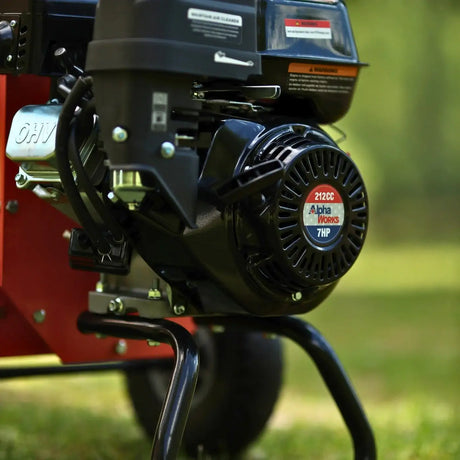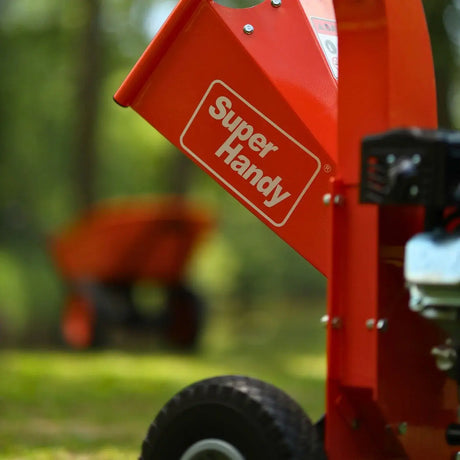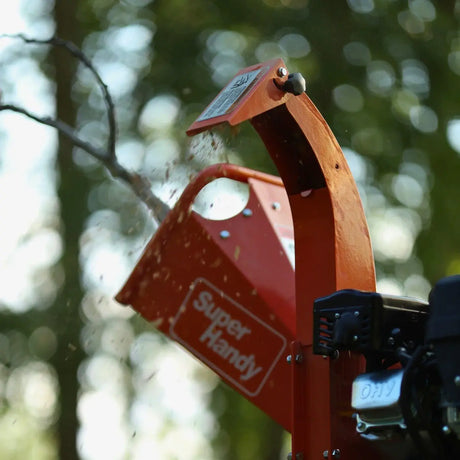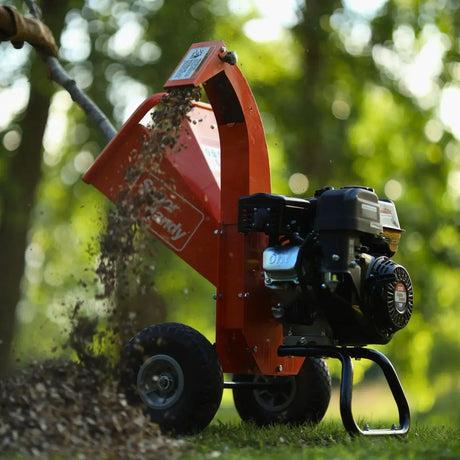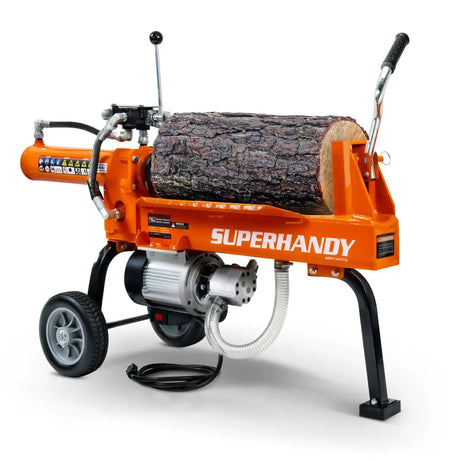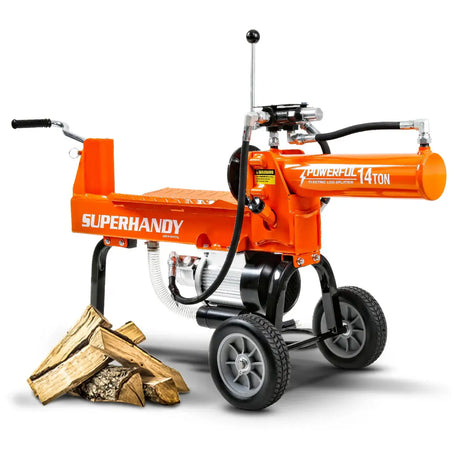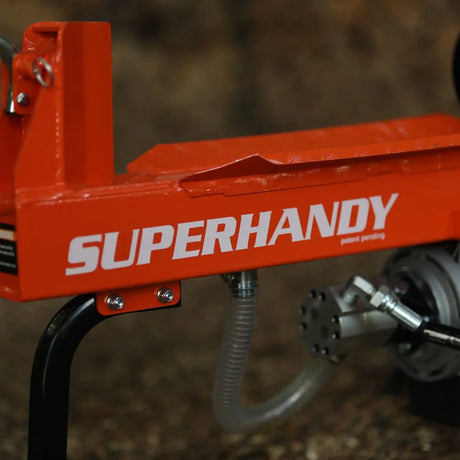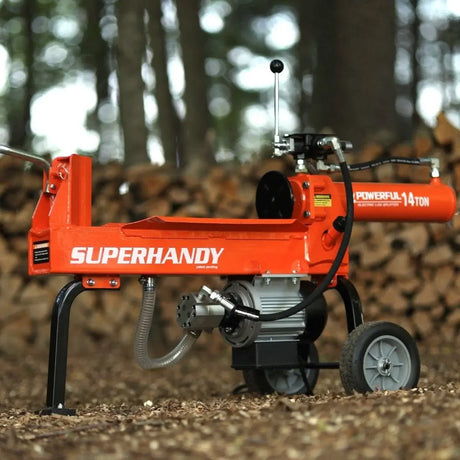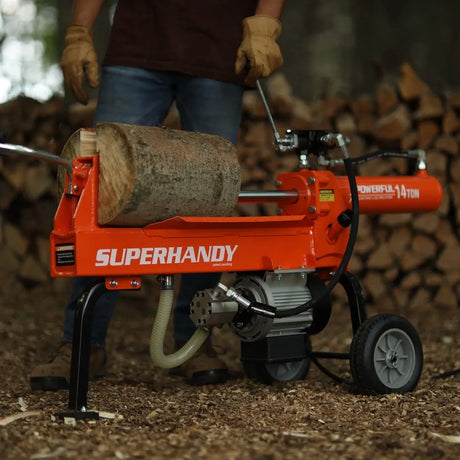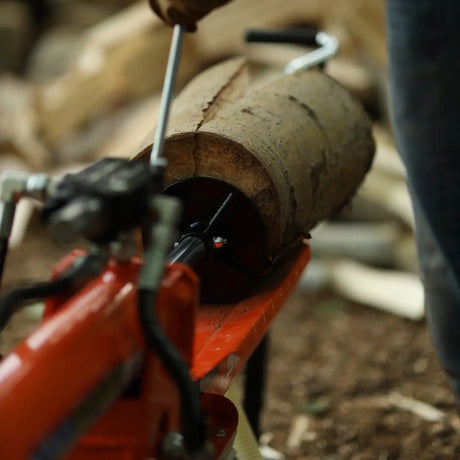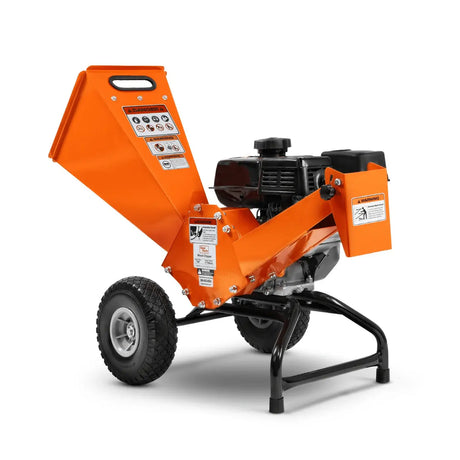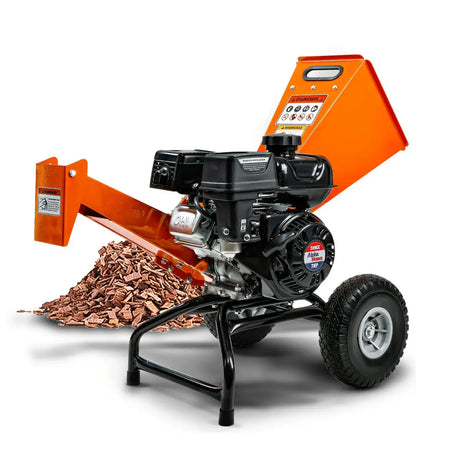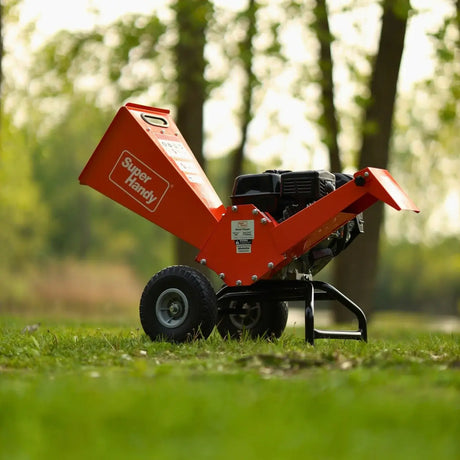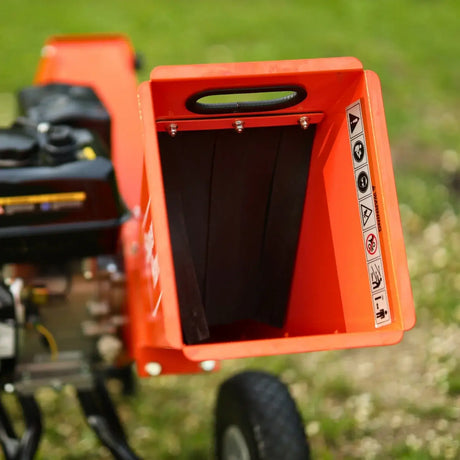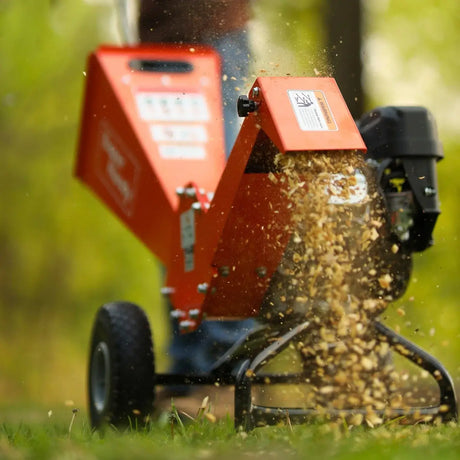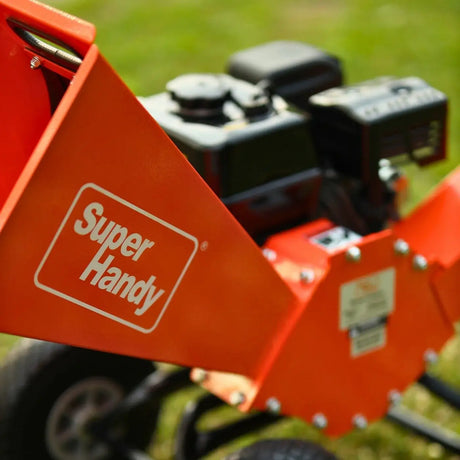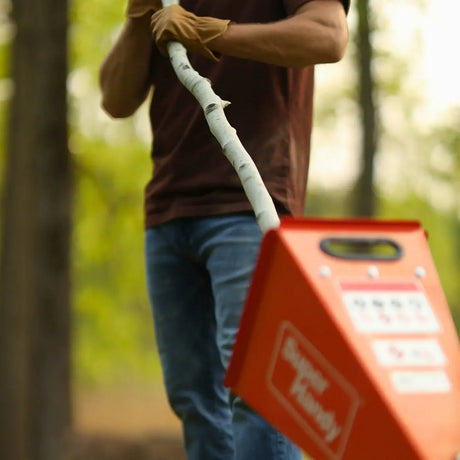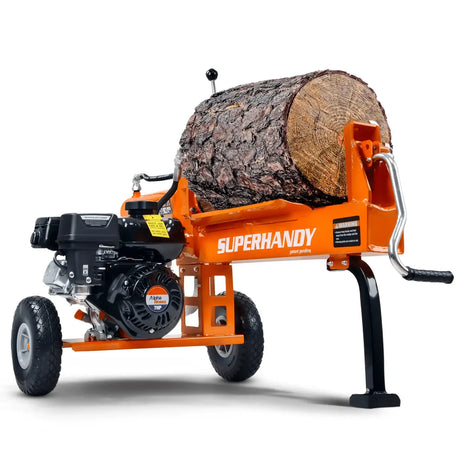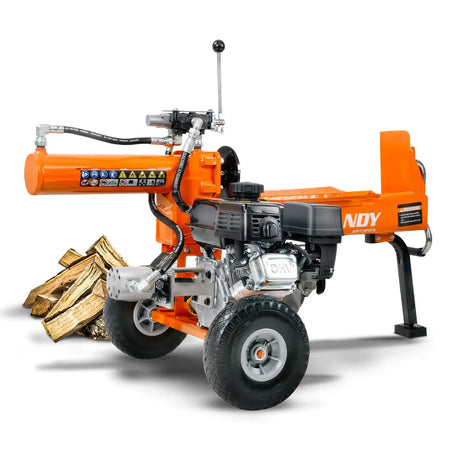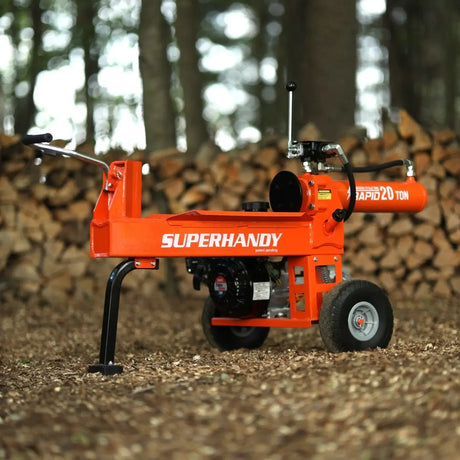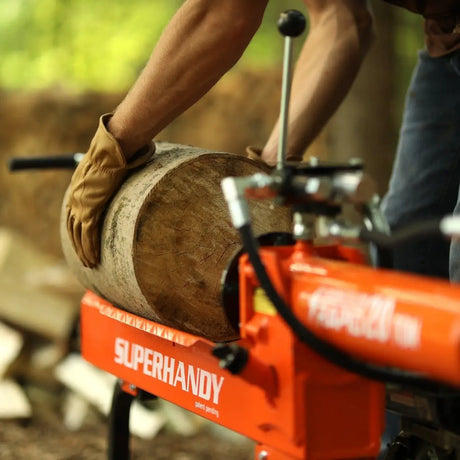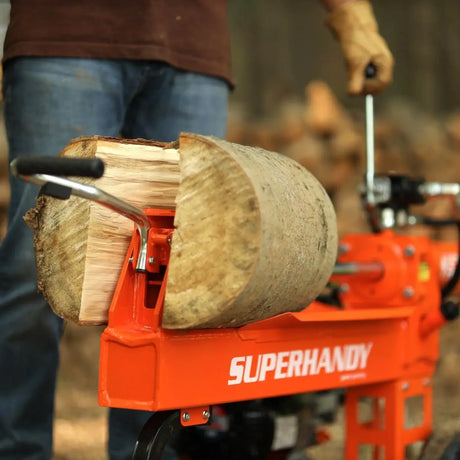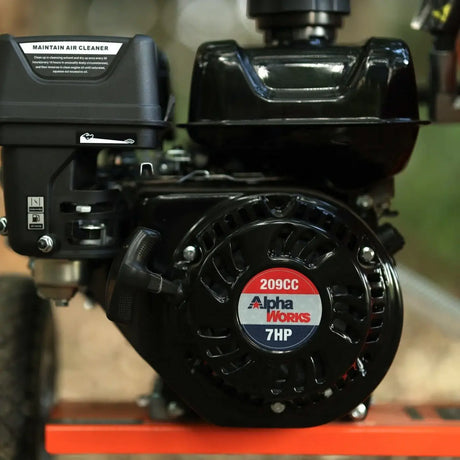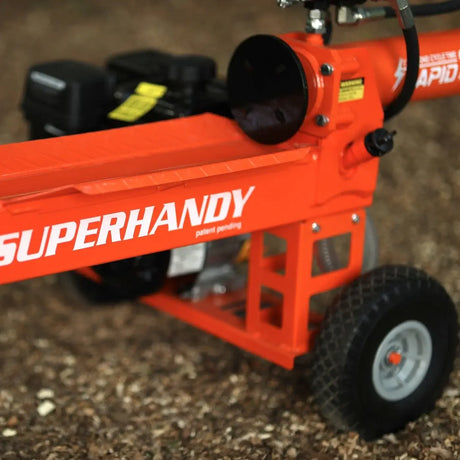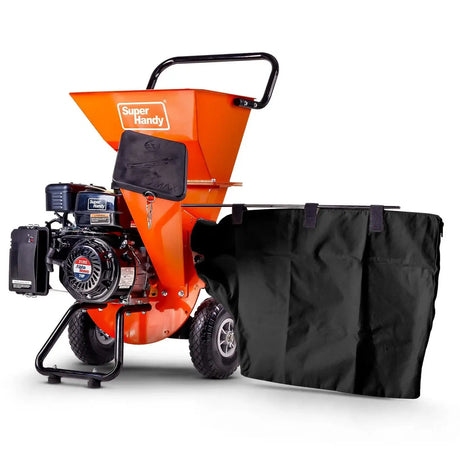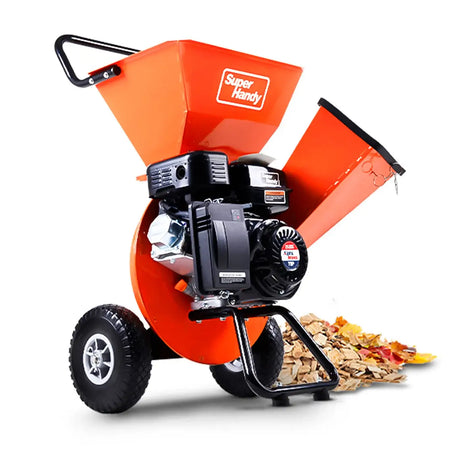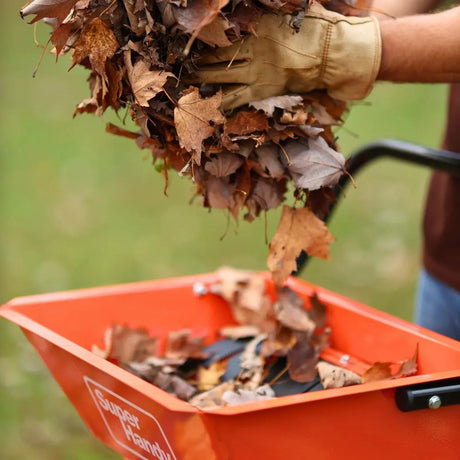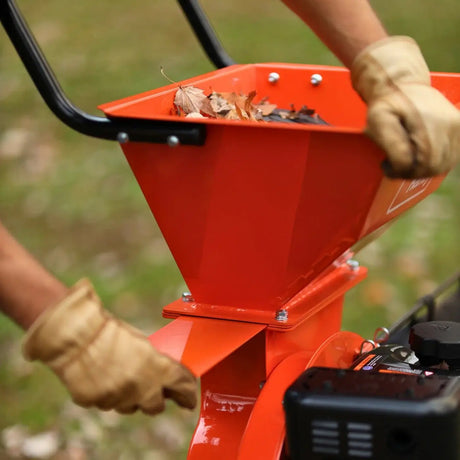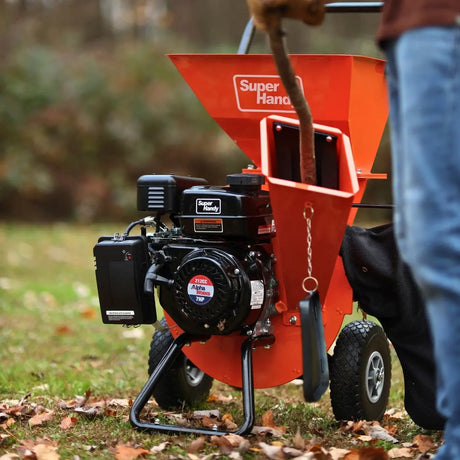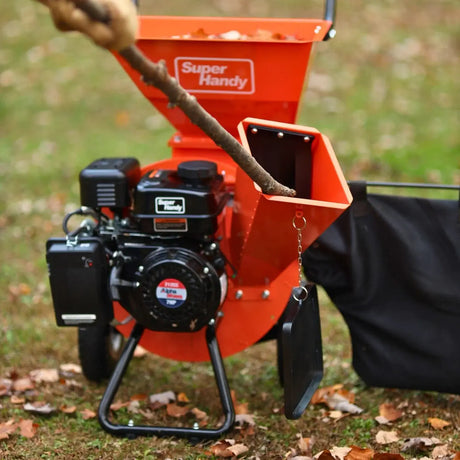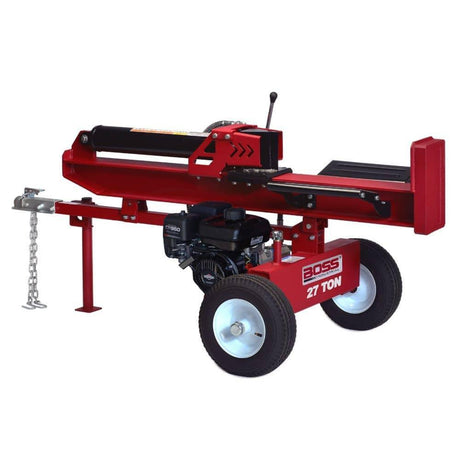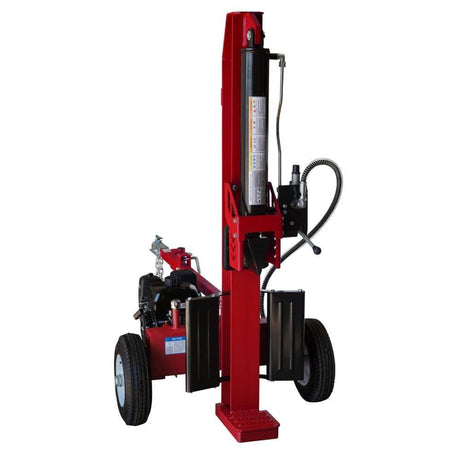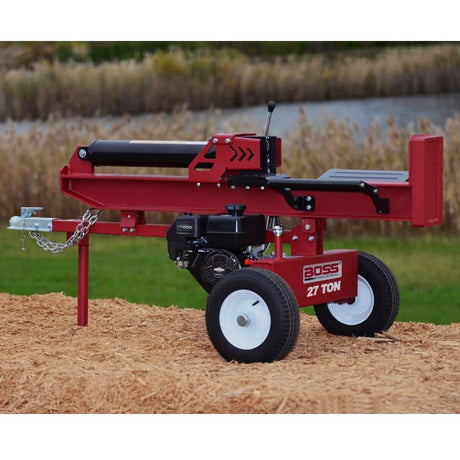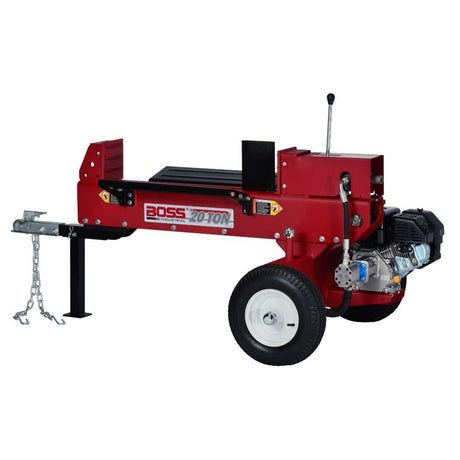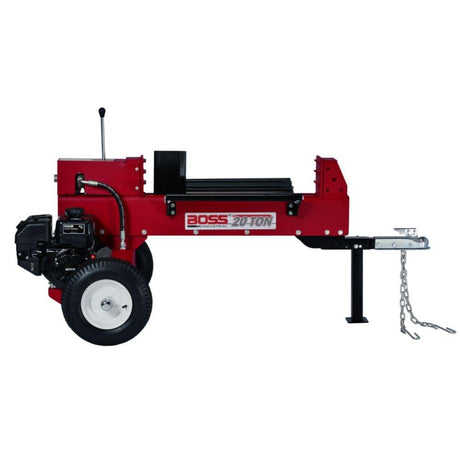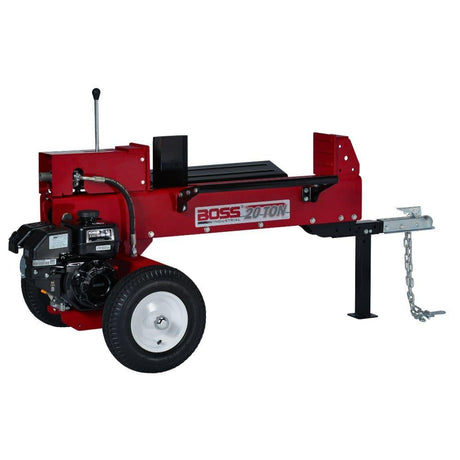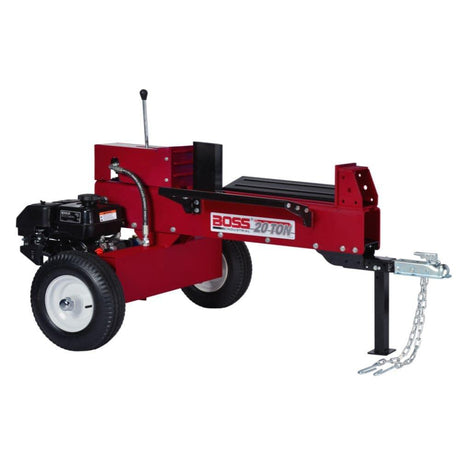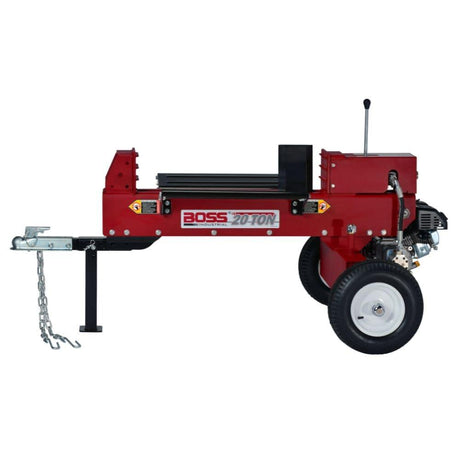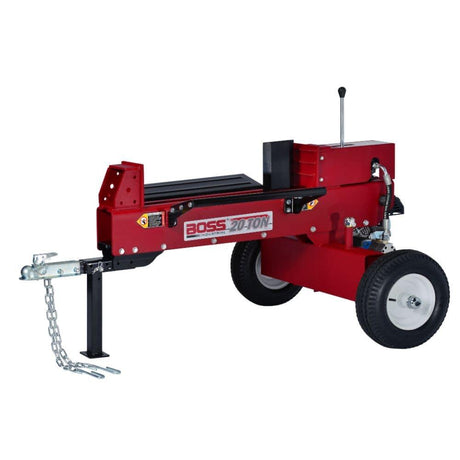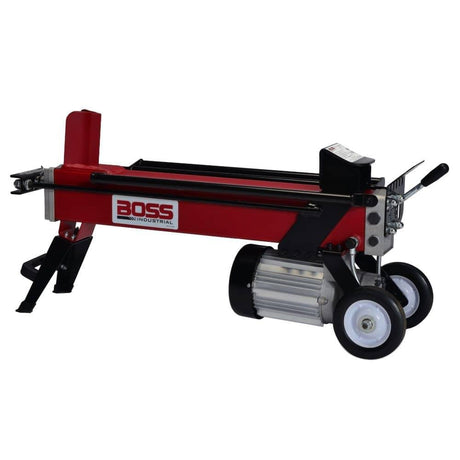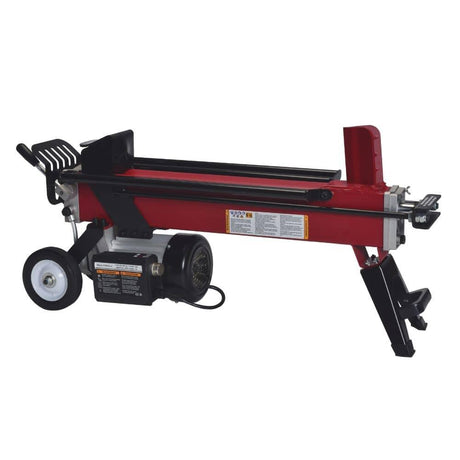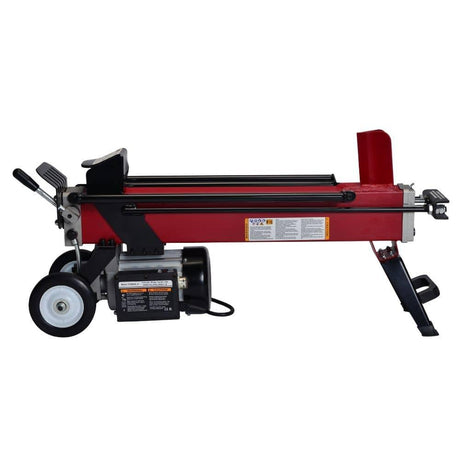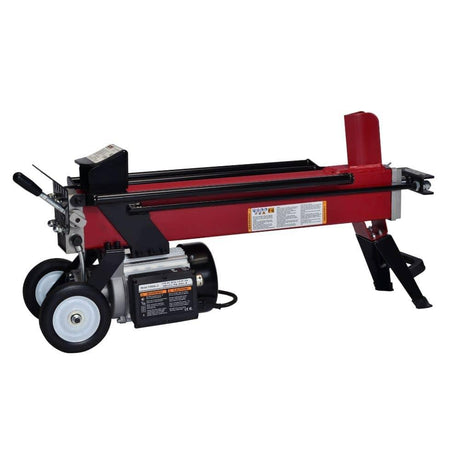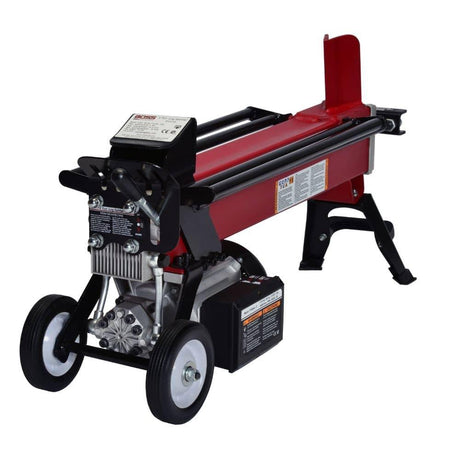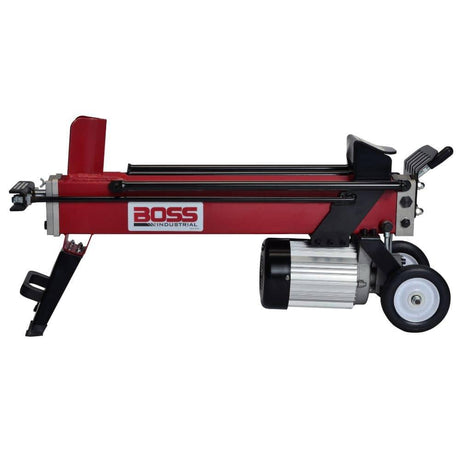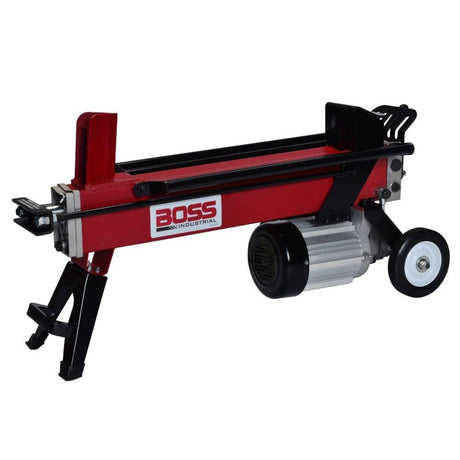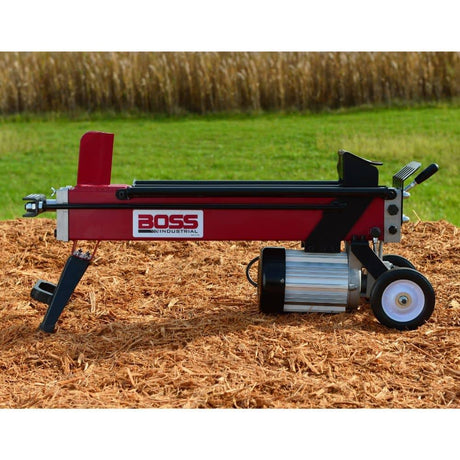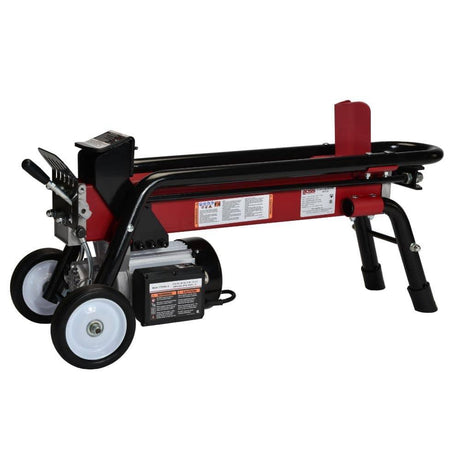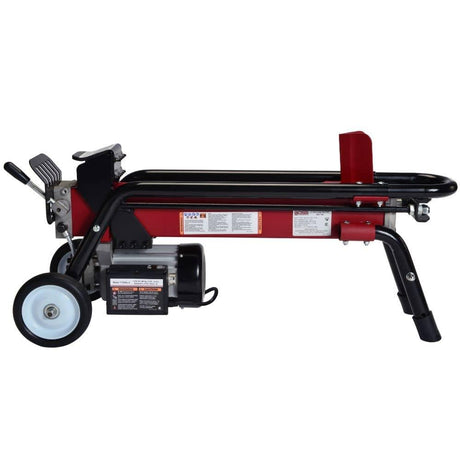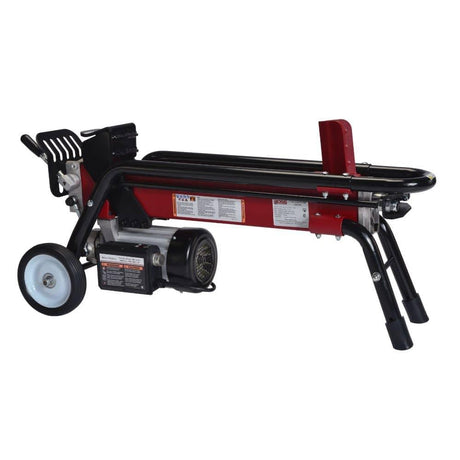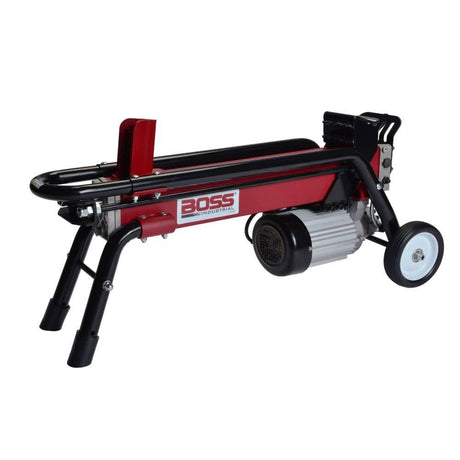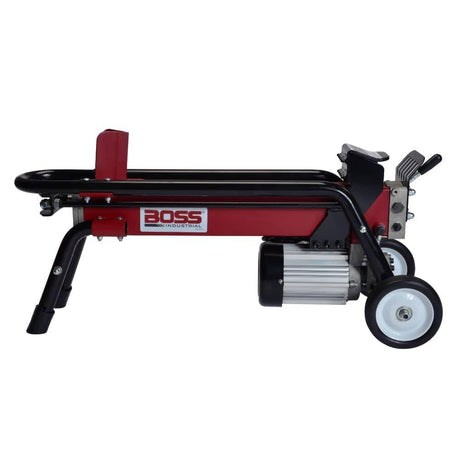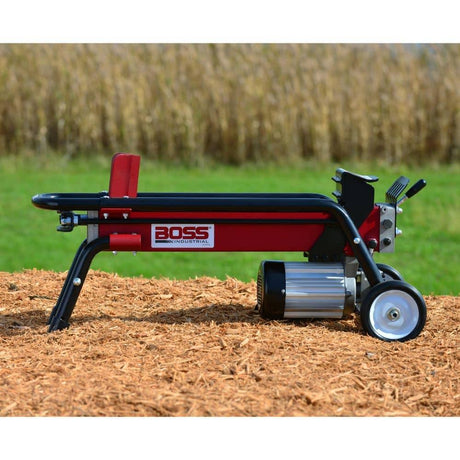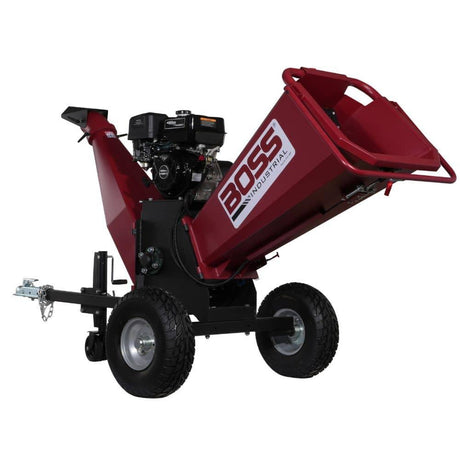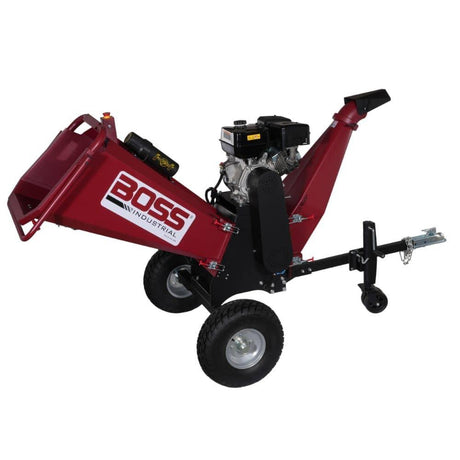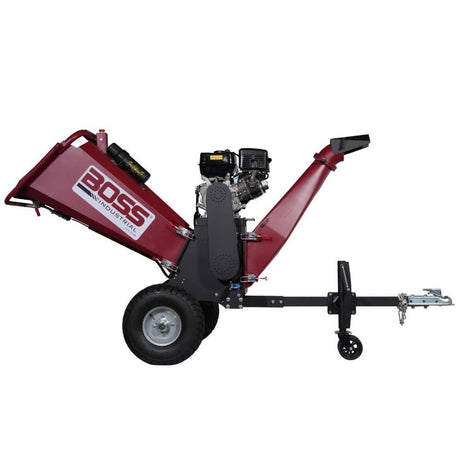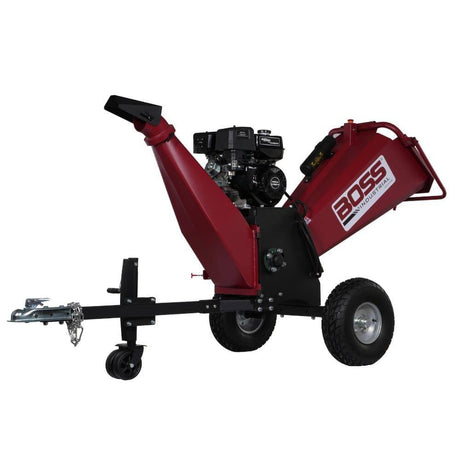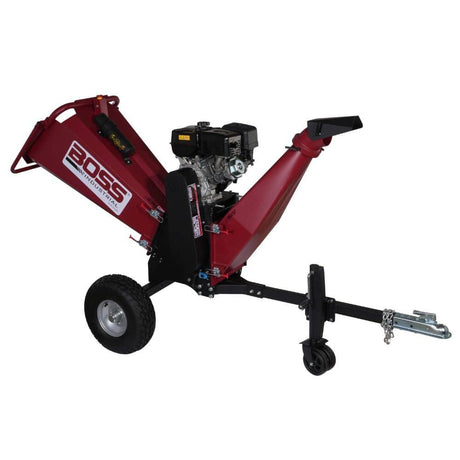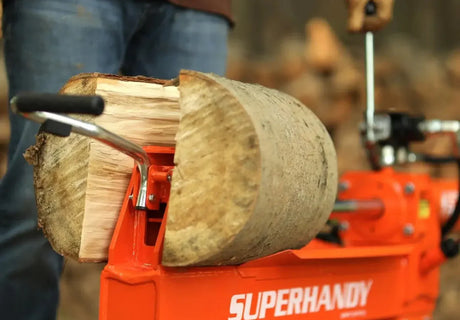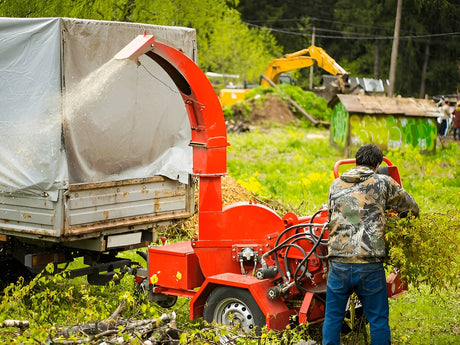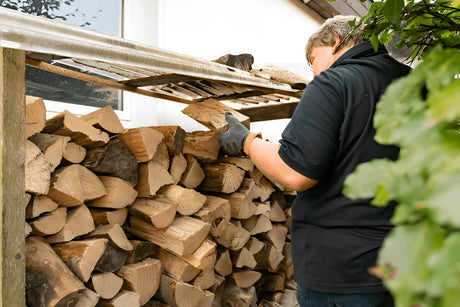If you heat your home with firewood, estimating how much you'll need is more than guesswork-it's the difference between cozy winter nights and running out mid-season.
But before we dive in, let's clarify one thing:
🔥 What's a "Cord" of Firewood?
A cord is a measurement of stacked firewood that's 4 feet high, 4 feet deep, and 8 feet long-a total of 128 cubic feet. That's not all solid wood though; it includes air space between logs. Depending on how it's stacked and the type of wood, the actual usable wood is closer to 70-90 cubic feet.
Key Takeaways
- Cold climates need more firewood-sometimes double what mild regions require.
- A well-insulated 1,500 sq ft home in the Northeast may need 4-5 cords per winter.
- Firewood use depends on more than square footage: climate, insulation, stove efficiency, and wood type all matter.
- One cord of high-BTU hardwood burns hotter and longer than a cord of softwood.
How Much Firewood You Need Based on Region and Home Size
This table breaks down annual firewood needs based on climate zones and home size. It's designed to help you plan your supply whether you're in a rural cabin or a suburban home using a wood stove for supplemental heat.
| Climate & Region | Home Size (sq ft) | Cords Needed | Note |
|---|---|---|---|
| Cold (Northeast, Midwest) | 1,000 | 2–3 | Smaller homes require less wood; insulation quality matters. |
| 1,500 | 3–5 | Average-sized homes in colder regions need moderate firewood use. | |
| 2,000 | 4–6 | Larger homes need more wood to maintain consistent heat. | |
| 3,000 | 6–9 | High firewood demand; efficient stoves or supplemental heat recommended. | |
| Medium (Coastal) | 1,000 | 1–2 | Smaller homes require less wood; insulation quality matters. |
| 1,500 | 2–3 | Average-sized homes in colder regions need moderate firewood use. | |
| 2,000 | 2–4 | Larger homes need more wood to maintain consistent heat. | |
| 3,000 | 3–5 | High firewood demand; efficient stoves or supplemental heat recommended. | |
| Warm (Southern States) | 1,000 | 1–2 | Smaller homes require less wood; insulation quality matters. |
| 1,500 | 1–2 | Average-sized homes in colder regions need moderate firewood use. |
What This Table Shows
This table compares:
- Climate zones (Cold, Medium, Warm)
- Home size in square feet
- Estimated cords of wood needed per winter
- Notes on special considerations like insulation and stove efficiency
The real-world takeaway? If you're heating a 2,000 sq ft home in Minnesota, you'll need 4-6 cords-maybe more if your insulation is poor or you're burning softwoods.
How to Use This Data in Real Life
🏠 1. Plan Your Season's Supply
Use this table to estimate how much wood to cut, buy, or split before winter. Always round up to account for cold snaps, holiday gatherings, or stove inefficiencies.
🔧 2. Match Wood Type to Your Stove
If you're burning high-BTU hardwoods like oak or hickory, you may need fewer cords than if you're burning pine. For example:
- 5 cords of oak might do the job of 6 cords of poplar.
- This impacts how much you need to store, season, and transport.
For estimates on how much wood you get from each tree, see our Estimated Firewood Volume by Tree Diameter (DBH) Chart to plan accurately.
🪓 3. Choose the Right Tools
- Log Splitter: A 22-ton gas splitter is perfect for hardwoods in cold climates.
- Wood Chipper: Use one to reduce waste from limbs and branches during your prep.
- Moisture Meter: Critical for making sure your wood is seasoned (15-20% moisture content).
If you’re unsure which splitter size fits your needs, check out our What Size Log Splitter Do I Need: A Practical Guide for Buyers for detailed guidance.
🚫 4. Avoid These Common Mistakes
- Don't underestimate how much wood you'll need in colder climates.
- Don't rely on green wood-it burns poorly and gives off less heat.
- Don't forget that stove efficiency matters. An old fireplace burns way more wood than a modern EPA-rated stove.
If you want to compare splitter types, see our Hydraulic vs. Kinetic Log Splitter: Which One Is Better for Your Needs to choose the best option.
Final Thoughts
Knowing how many cords of firewood you'll need isn't about perfection-it's about being prepared. Start with your home size and climate zone, then adjust based on your stove's efficiency and the wood species you use.
Need help choosing the right tools for cutting, splitting, or seasoning firewood?
👉 Browse our best-in-class log splitters here
Stay warm. Burn smart. And prep early.


